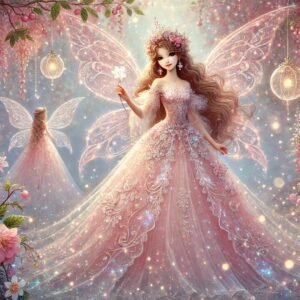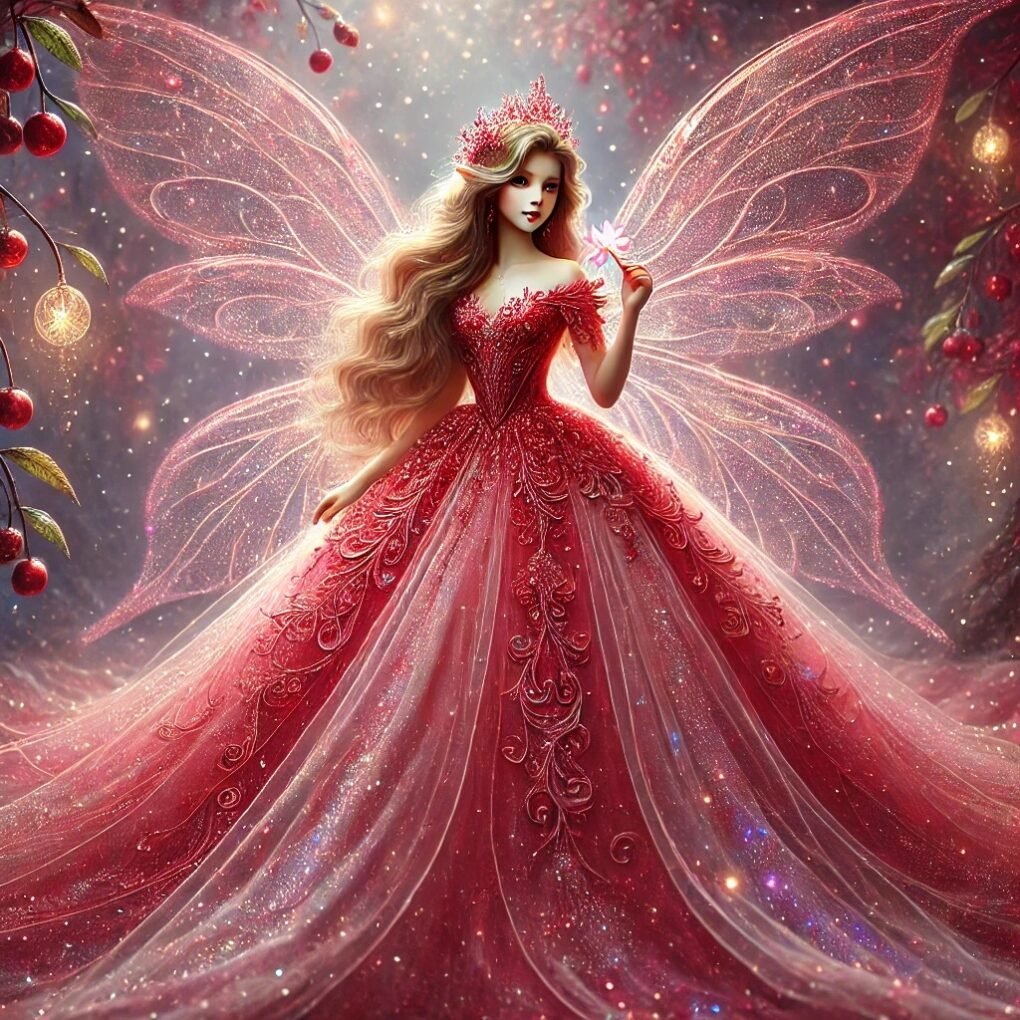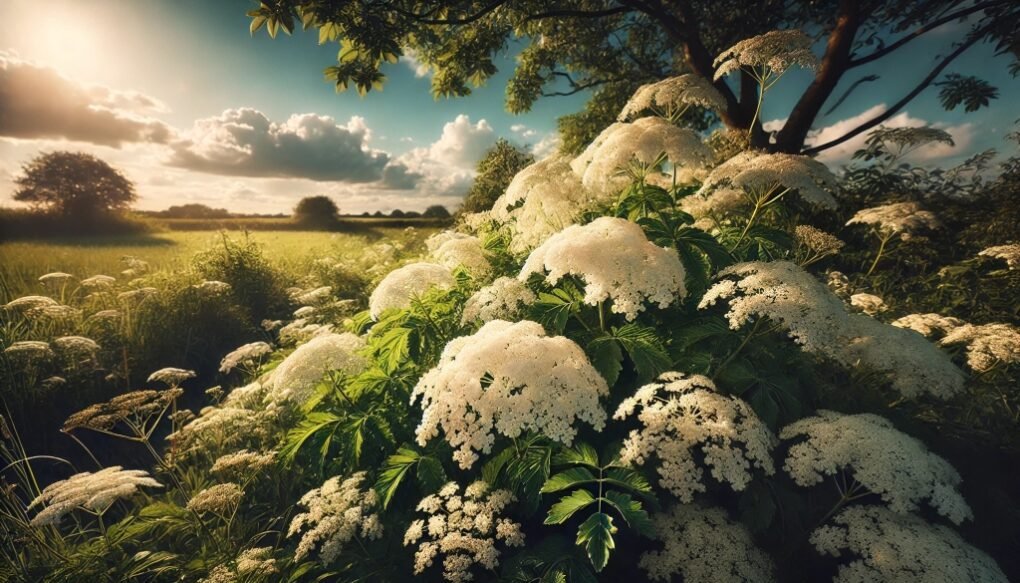Fairy is the imagenery creature of humans. Fairies have captivated human imagination for centuries, their ethereal presence woven into the fabric of folklore, literature, and art. These mystical beings, often depicted as tiny, winged creatures with magical powers, continue to inspire wonder. This article delves into the world of fairies, exploring their origins, cultural significance, and enduring appeal.
The Origins of Fairy Folklore
Fairy folklore originates from ancient civilizations, with tales of supernatural beings present in many cultures. In Celtic mythology, fairies were believed to inhabit the Otherworld, a realm of magic hidden from mortals. Over time, fairies became associated with nature, magic, and the power to influence human fate.
Fairies in Literature and Art
Throughout history, literature and art have depicted fairies in various ways. People in the Middle Ages viewed them as powerful, sometimes dangerous beings. By the 19th century, during the Romantic period, fairies became symbols of innocence and nature’s beauty. William Shakespeare’s “A Midsummer Night’s Dream” and the works of artists like Arthur Rackham helped shape the whimsical image of fairies we recognize today.
Fairy Magic and Powers
Fairies often possess magic, defying natural laws with their abilities. They influence the elements, grant wishes, and alter human perception. They are also closely tied to nature, depicted as guardians of forests and rivers.
Fairies in Modern Culture
The fascination with fairies persists in modern times, with these mystical beings appearing in literature, films, and visual media. Characters like Tinker Bell have become iconic, symbolizing the playful and magical aspects of fairies. The enduring popularity of fairies in children’s literature and visual media highlights their ability to inspire imagination.
The Role of Fairies in Cultural Beliefs

Fairies have played a significant role in cultural beliefs, particularly in Europe. Traditions like “fairy rings” and seasonal festivals reflect the deep-rooted belief in fairies’ influence on everyday life. These beings were thought to have the power to bless or curse individuals, shaping practices aimed at gaining their favor.
Fairy Creatures Across Cultures
Fairy-like creatures exist in various cultures worldwide, each with unique characteristics. In Japanese mythology, “yōsei” share many traits with Western fairies, while in African folklore, the “Aziza” are small, forest-dwelling spirits. These beings reflect a universal human fascination with the idea of magical, otherworldly creatures.
The Enduring Appeal of Fairies
Fairies continue to captivate the human imagination, representing mystery, magic, and a connection to a world beyond the ordinary. Their dual nature—both kind and cruel—makes them relatable, reflecting the complexities of human experience. In a world increasingly disconnected from nature, fairies remind us of the magic that exists all around us.
Fairies have evolved from powerful, mysterious beings in ancient folklore to playful symbols of magic and nature in modern culture. Their enduring appeal lies in their ability to evoke wonder and connect us to the mystical and unknown. Whether encountered in stories, art, or imagination, fairies continue to inspire and enchant, offering a glimpse into a world where magic is real.










